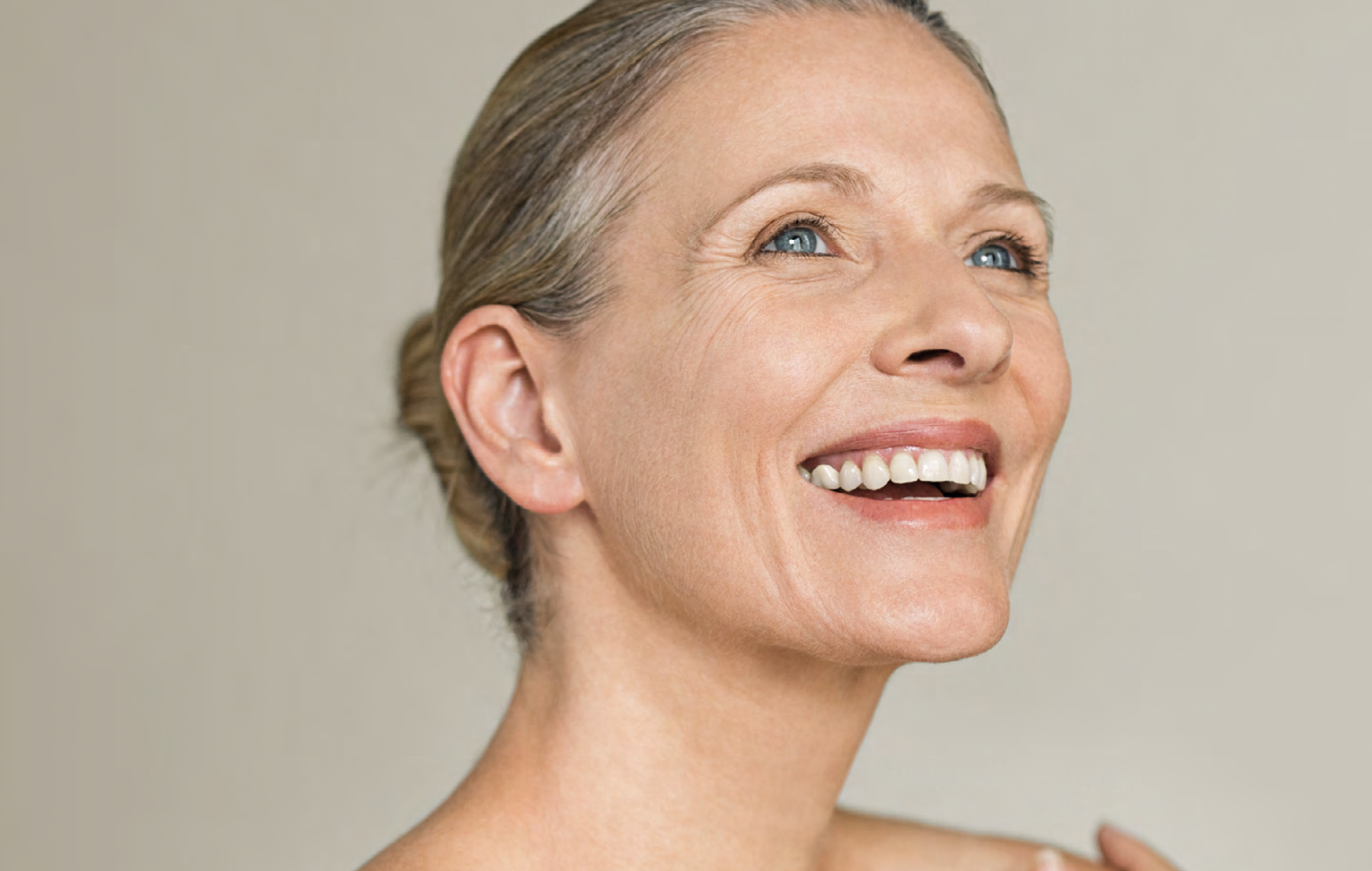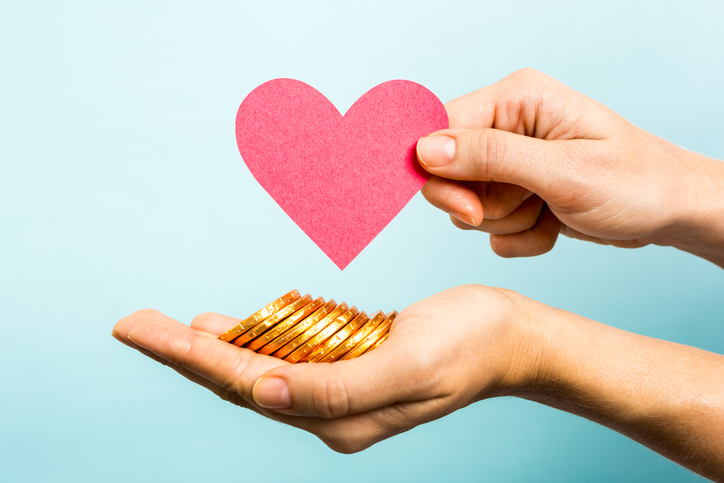By Wendy Haaf
We all have different sleep requirements—understanding yours can benefit your physical and mental health.
Perhaps you have a teenage grandchild who stays up into the wee hours and doesn’t get out of bed before noon, or a chipper friend who rises with the sun to exercise but declines invitations for evening get-togethers because she can barely keep her eyes open past 9:30 p.m. You might think that one of these sleep patterns is healthier than the other or that neither is optimal. In fact, what matters is how well your habits match your body’s natural internal rhythm and whether or not you consistently get enough sleep.
“Everybody has a biological clock that determines their own circadian rhythms, their day/night sleep cycle, how long they’re supposed to stay awake, and how long they need to sleep,” says Dr. Elliott Lee, an assistant professor and sleep specialist at the Royal Ottawa Mental Health Centre. “Only in the past 10 or 20 years have we really started to understand how different some of those sleep patterns can be.”
For most of us, each cycle is a bit longer than a day—“about 24.2 hours,” Lee says. “However, it’s kind of like height: most people are of average height, but there are people who are at one end of the spectrum or the other.” Very few, however, have a cycle lasting exactly 24 hours, which means the vast majority need to “constantly reset their internal circadian rhythms by getting bright light exposure to align themselves with the schedule of the day outside,” Lee says.
Chronotypes
This natural cycle includes peaks and valleys in our levels of energy and mental acuity. “For example, most people feel most alert in mornings, around 9 or 10 a.m., and again at perhaps 7 p.m.,” explains Nicholas van den Berg, student representative of the Canadian Sleep Society and a Ph.D. candidate in experimental psychology (sleep and memory consolidation) at the University of Ottawa’s Sleep Laboratory. “And most people feel at their lowest during a mid-afternoon dip around three in the afternoon.”
“Some people need to go to bed later and wake up later; others need to go to bed earlier and wake up earlier,” Lee says. “Generally, we call people who go to bed later night owls and people who go to bed earlier morning larks.”
But these are simply the opposite ends of the spectrum. “There seem to be roughly four different types of people,” van den Berg says. “Night owls typically prefer to go to bed after midnight and then wake up late in the morning, if their lifestyle permits.”
Morning larks tend to turn in about 9 p.m. and wake up without an alarm before 6 a.m. The two other patterns, which lack catchy labels, fall in between.
What determines your “chronotype”?
“There seems to be some consensus that it’s hereditary for many people and that you have to try to adapt to it because it’s very difficult to alter it,” says Joseph De Koninck, a professor emeritus in the School of Psychology and the Institute of Health Research (Royal) at the University of Ottawa. However, while that may have the greatest influence, “these things can be affected by age and many other factors,” Lee says.
Most teenagers, for example, are natural night owls. “Post-puberty, there’s a very rapid shift in the sleep/wake phase,” Lee notes, so teens “actually have to go to bed later, get up later, and sleep longer.” However, he adds, “this sleep phase will advance with each decade,” so older adults tend to feel sleepy earlier at night and wake up at an earlier hour.
So does chronotype have any bearing on traits such as cognitive functioning? “There’s no evidence so far to suggest that one chronotype is smarter, or better functioning, or more alert than another,” van den Berg says.
There is a caveat, however. If you’re a night owl with an eight-to-four job, you probably have a hard time dragging yourself out of bed. And morning larks may habitually force themselves to stay up past their natural bedtime in order to spend time with family or friends, leading to what’s known as social jet lag. “In general, when people don’t align their domestic schedule with their circadian rhythms, they usually suffer problems with either having difficulty falling asleep at night or being too sleepy during the day,” Lee says.
Over time, this can result in a chronic sleep shortfall, which can in turn cause a range of problems, since adequate sleep plays countless crucial roles in our physical and psychological health as well as our mood, memory, and mental performance.
Take those teenagers, for example. “There’s quite robust data showing that when you align the school schedule with the teenager sleep rhythm, you can see improvement in things like academic performance, cognitive function, attention, and participation,” Lee notes.
Moreover, our brains carry out essential tasks during sleep, including memory consolidation (re-filing short-term memories in the long-term bank) and clearing away waste products. “We know that people who do not match their domestic schedule with their own circadian rhythms—an extreme example of this is people who do shift work—are at much higher risk for lots of psychiatric and medical problems,” Lee says. “They’re more prone to developing depression, anxiety, other mood disorders, and substance-use issues.”
Too little sleep has also been linked to increased rates of conditions ranging from cancer to cardiovascular disease to diabetes. For shift workers, for example, “even their appetite changes because it turns out that our gastrointestinal system is strongly linked with our circadian system,” Lee observes. “So shift workers as a group tend to eat more and have more problems with obesity.”
“What’s especially relevant now is that sleep is quite important for immune function,” van den Berg says. “So not only getting a good night’s sleep before you get vaccinated, but also having a nap following your inoculation have been linked to a more robust response to the vaccine.”
What constitutes a good night’s sleep? While the duration differs from person to person, the American Association of Sleep Medicine recommends seven to eight hours a night for adults—and most of us fall short. “The usual situation in modern society is that people are sleep-deprived during the week and they catch up over the weekend,” De Koninck says. “Those who don’t try to recover accumulate a sleep debt. Those who do try to make up the difference do recover but never recover all of the hours they didn’t get.”
While some people swear they thrive on less than seven to eight hours, “the data doesn’t support that,” De Koninck says. “If we put these people in complete isolation without knowing what time it is, they tend to get back to a more normal sleep duration.”
Your Slumber Sweet Spot
A multitude of factors can interfere with our ability to tell whether we’re getting an optimal amount of sleep and even where we fall on the chronotype scale. For example, “many people may not realize they’re night owls and just constantly struggle with their sleep,” Lee says. “Sometimes they turn to substances like alcohol or cannabis to try to fall asleep earlier.”
According to Lee, the easiest way to sort these things out if you’re uncertain is to take a holiday of at least two weeks away from your regular responsibilities, go to bed whenever you feel tired, and stay asleep until your body wakes you up on its own. “In the absence of any sleep disorder, people will usually gravitate to their own natural internal circadian rhythm after about a week of being on holiday,” he explains.
If that’s not feasible—say your schedule demands that you wake up at 7:30 on weekdays—De Koninck suggests the following regimen for finding your body’s slumber sweet spot. “Wake up at that same time all week long, including weekends, for two to three weeks, and fall asleep when you really need sleep,” he says. “If you have a constant wake-up time, you’ll see how many hours of sleep you need.”
For either strategy to work, you’ll need to take some additional steps to support the process. For one thing, napping is a no-no for the duration of the experiment, since it might skew the results. (Incidentally, if, when you nap, you can’t rouse yourself within 15 to 20 minutes and/or you awake feeling very groggy, “it’s a good sign that you’re sleep-deprived,” De Koninck says.)
In addition, van den Berg says, “it’s probably best to avoid any substances that either aid or impair sleep, for example, coffee, alcohol, and things like melatonin or sleep supplements”—with one exception. “If you typically have a morning coffee and you’ve been doing that for years, I’d suggest you keep that consistent.” He also suggests that anyone having problems with sleep “talk with their doctor or pharmacist and go through their medications. Plenty of medications, particularly antidepressants, have impacts on sleep, whether it be not getting into the right stage at the right time or increasing alertness.”
Adhering to other so-called sleep-hygiene principles can also help, from using your bedroom only for sleep and sex to eating and exercising at regular times to following a calming pre-bedtime wind-down routine such as meditation, reading, a warm bath, or some combination of these. Generally, experts also advise avoiding exposure to bright screens—including cellphones, laptops, and tablets—for a few hours before retiring, too, since these can fool your brain into believing it’s still daytime.
Most important of all—particularly if you’re 55 or older—is ensuring that you get enough exposure to bright light, timed appropriately to keep re-synchronizing your internal clock with the outside world. “Older people as a group tend not to get enough exposure to sunlight during the day, and that leads to deterioration of their overall circadian rhythm,” Lee explains. “It’s important to get more light exposure in the morning and then decrease it in the evenings. And going outside, especially in the morning, when the body is most sensitive to light, is a great way to do that.”
Treatment Strategies
Once you’ve ascertained your natural rhythm, particularly if you’re retired, you can change your schedule to fit around it. But if that’s not possible and your sleep is suffering, you may want to ask your doctor about seeing a sleep specialist, who can determine whether you might have an underlying sleep disorder and if so, prescribe the appropriate treatment. Or, if your sleep pattern is so poorly aligned with your day-to-day responsibilities that it’s affecting your functioning, quality of life, or relationships, a specialist may be able to help gradually decrease this mismatch by manipulating the circadian rhythm with what are known as chronobiotic strategies.
“Light and melatonin are probably the two most powerful,” Lee says. These interventions must be carefully and expertly timed, however, or they may actually exacerbate sleep issues. “Ideally, these should be done under a physician’s supervision,” he adds.
For example, if your sleep phase is too far advanced, so that you’re drowsy at dinnertime and up before dawn, “light exposure in the evening hours—between 7 and 9 p.m.—can help to shift the sleep phase to a more delayed pattern,” Lee explains. This is administered via the same type of full-spectrum light box that’s used to treat seasonal affective disorder. In some cases, this might be combined with a dose of melatonin in the morning, as well.
“Most people misuse melatonin,” mistaking it for a sleep aid, Lee notes. However, unless your difficulty falling asleep at night is due to a misaligned circadian rhythm, melatonin likely won’t help. And even when used for this purpose, it works only if taken not at bedtime but hours before. Dosage, too, is an issue. While Lee usually suggests one milligram—roughly three times the amount the brain naturally produces to facilitate sleep—“many people take five or 10 milligrams, which is a megadose.” Come morning, there may be so much leftover melatonin in your body that it will further delay your sleep phase.
In some cases, neither syncing your sleep schedule with your daytime responsibilities nor manipulating your circadian rhythm is a viable option. That’s where Dr. Vicki Soloniuk of Davis, Calif., finds herself these days. Now 70, she lives with a nocturnal teen grandchild and is still working six to 10 10-hour shifts plus three on-call nights each month as a hospital pediatrician. She says that her life doesn’t always mesh well with her body’s preference for sleeping from 11 p.m. until 8 a.m.
Over the past decade, Soloniuk has discovered a handful of strategies that work for her. For starters, she sets her alarm for the same time every day. If she awakes during the night, she gets up, turns on the light, and does a chore until she feels sleepy, and then repeats her usual pre-bedtime routine of washing her face and brushing her teeth. “That really gets me back into sleep mode,” she says.
Plus, she’s learned the art of judicious napping. (According to De Koninck, while a cup of coffee will buy you only 30 extra minutes of alertness, “a 20-minute nap will give you up to three or four hours of effective functioning.”) During a pause at work, Soloniuk will put her head down on her desk for 15 to 20 minutes. At home, if she slept poorly the previous night, she lies kitty-corner on her bed—on top of, rather than under, the covers. “That’s like my signal to myself that it’s a nap,” she says. “Napping is huge—it makes an amazing difference. I’m more energetic and things go a little better.”
How many of us get adequate sleep?
A cross-sectional study using data collected between January and March 2020 as part of the Canadian Community Health Survey showed that:
Among Canadians aged 18 to 64:
• The average duration of sleep was 7.9 hours per night.
• 77% were getting the recommended amount of sleep.
• 61% reported high sleep quality.
Among Canadians aged 65 or older:
• The average duration of sleep was 8.1 hours per night.
• 55% were getting the recommended amount of sleep.
• 71% reported high sleep quality.





